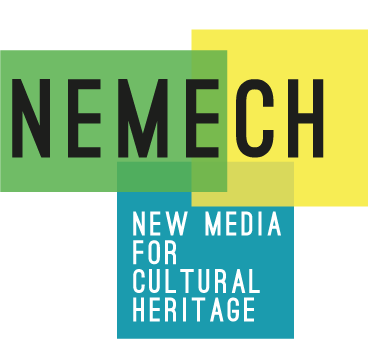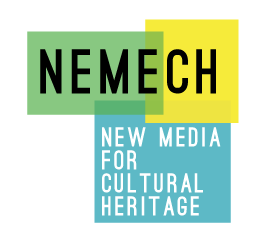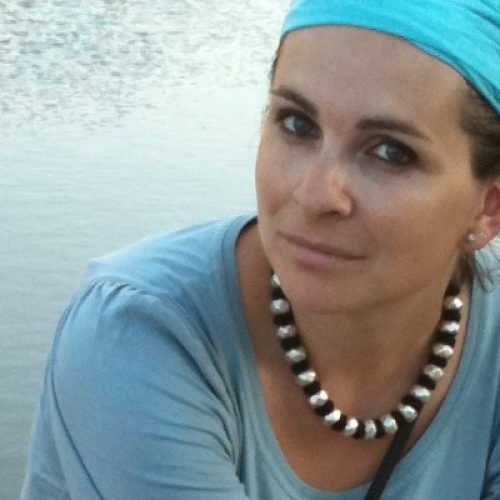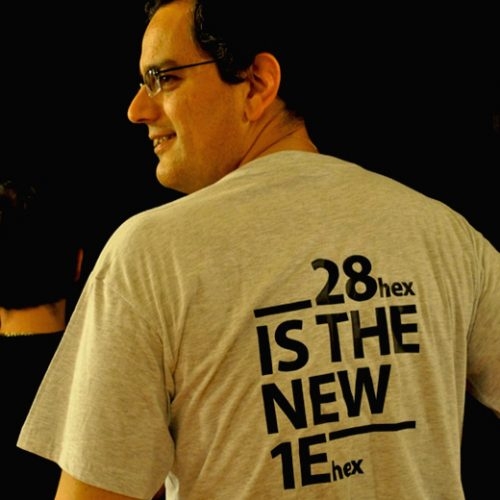About NEMECH
NEMECH the Center of Competence has been established by the Tuscany Region and the University of Florence. Through the connection with the research centers and the organizations and institutions, the Centre promotes the transfer of know-how of research from the university laboratories to the places where cultural goods are exposed and benefited. It stands as a subject capable of intercepting the demand for innovation on the tools and applications of digital technologies for cultural heritage.
NEMECH hosts:
- a multidisciplinary research laboratory for the development of solutions, innovative products and services for managing entities and enterprises;
- a reception area for businesses and institutions with courses e seminars conducted by researchers and experts in the field;
- a space for demonstration of the results, projects and researches.
Scientific Coordination
-
 Paolo Mazzanti Coordinamento e Comunicazione eventi, progetti e attività formative
Paolo Mazzanti Coordinamento e Comunicazione eventi, progetti e attività formativeFormazione interdisciplinare, graphic/visual design, comunicazione e progettazione new media e creative tools in ambito culturale e museale, MuseiEmotivi, emozione e apprendimento, filosofia della mente, user-engagement e user-experience
-
 Alberto Del Bimbo Direttore
Alberto Del Bimbo DirettoreProfessore Ordinario di Ingegneria Informatica presso l’Università degli Studi di Firenze. Si occupa di tecnologie multimediali e visione artificiale. E’ Direttore del MICC Media Integration and Communication Center.
-
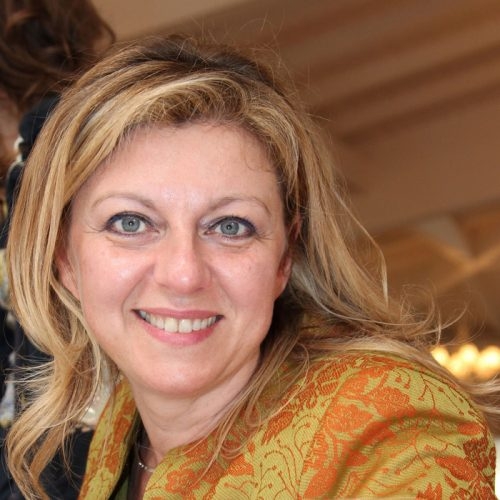 Grazia Tucci Coordinatore
Grazia Tucci CoordinatoreProfessore Associato di Geomatica,
Direttore del GECO “Geomatics for Environment and Conservation of Cultural Heritage Laboratory” dell’Università di Firenze. Si occupa di geomatica per la tutela e la valorizzazione del patrimonio culturale.
Culture is a universal concept that relates to the identity of an entity, be it a person, a people or a nation. Culture includes every aspect of personal and social, especially in economy, politics, customs, traditions, values, myths, religion … It defines the relationships and patterns of behavior. Culture creates a horizon of sense and is a way of interpreting our surroundings.
Cultural heritage, in their declination into objects, sites and places of storage, represent fragments of cultural evolution. They can be the most appropriate tool to promote dialogue between cultures by understanding the differences and mutual respect. It thus becomes important to overcome models that enhance only the cultural function in the commercial and tourist and take rather more inclusive models that encourage instead the knowledge, understanding of the content, the intrinsic value of the property. You will have to prevent a visit to a museum being reduced to a visit to the most famous works inside and rather facilitate the understanding of the cultural and historical context of a work, to make visible what is not immediately apparent.
The application of digital technologies and information to cultural heritage can make this possible. In particular it can make it easier to search, re-use, dissemination and sharing of content, help the understanding of the cultural and logical connections between works and places. And yet, enable new forms of interaction between people and environments, help overcome the impediments, redefine the relationship between visitor and work, create social networks of people who share interests and content. It can facilitate the preservation and protection of goods and so ensure the safety of new exhibition spaces … Rendering therefore the cultural part of the evolutionary context of smart cities and smart communities.
The director
Alberto Del Bimbo
